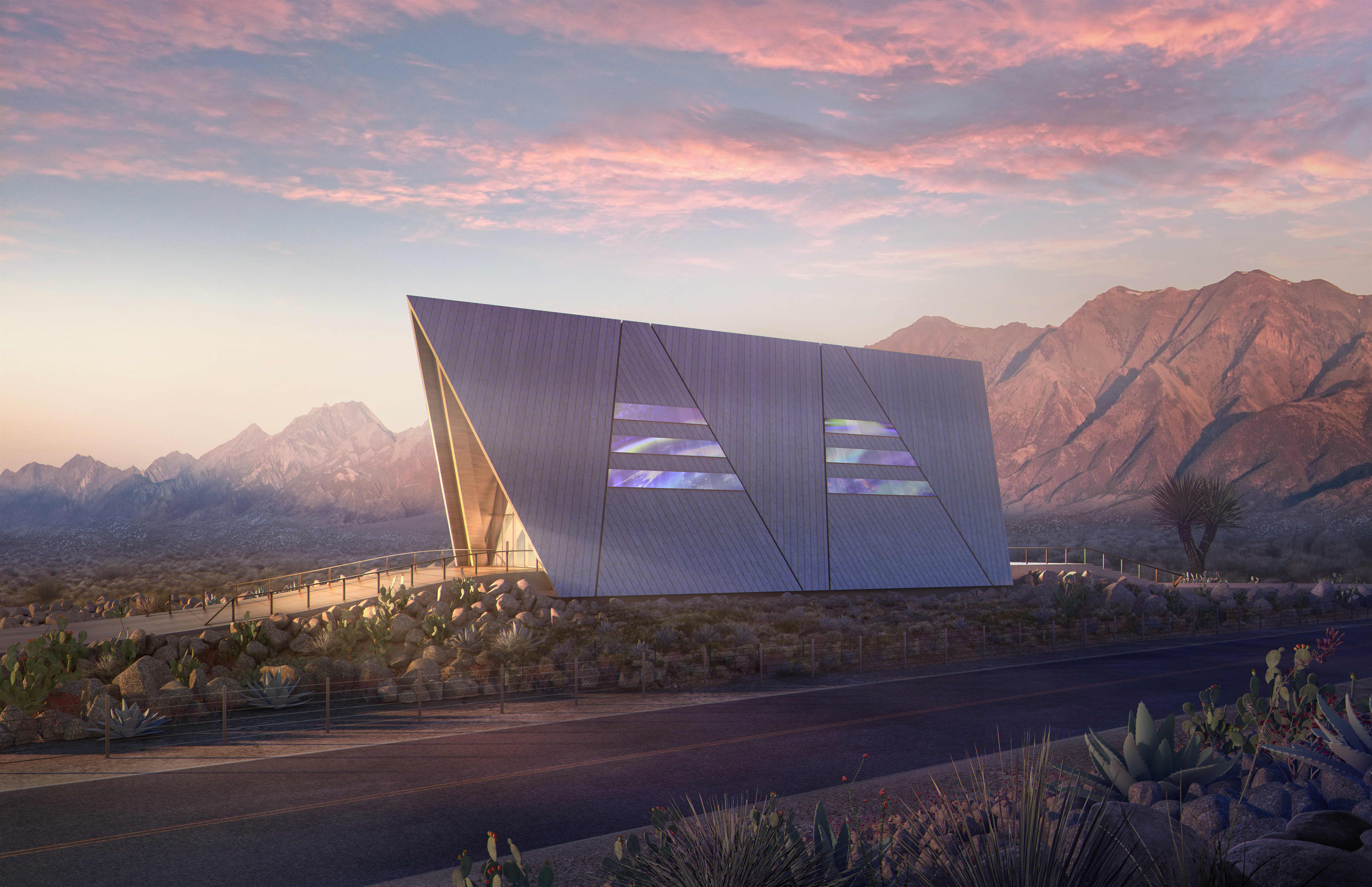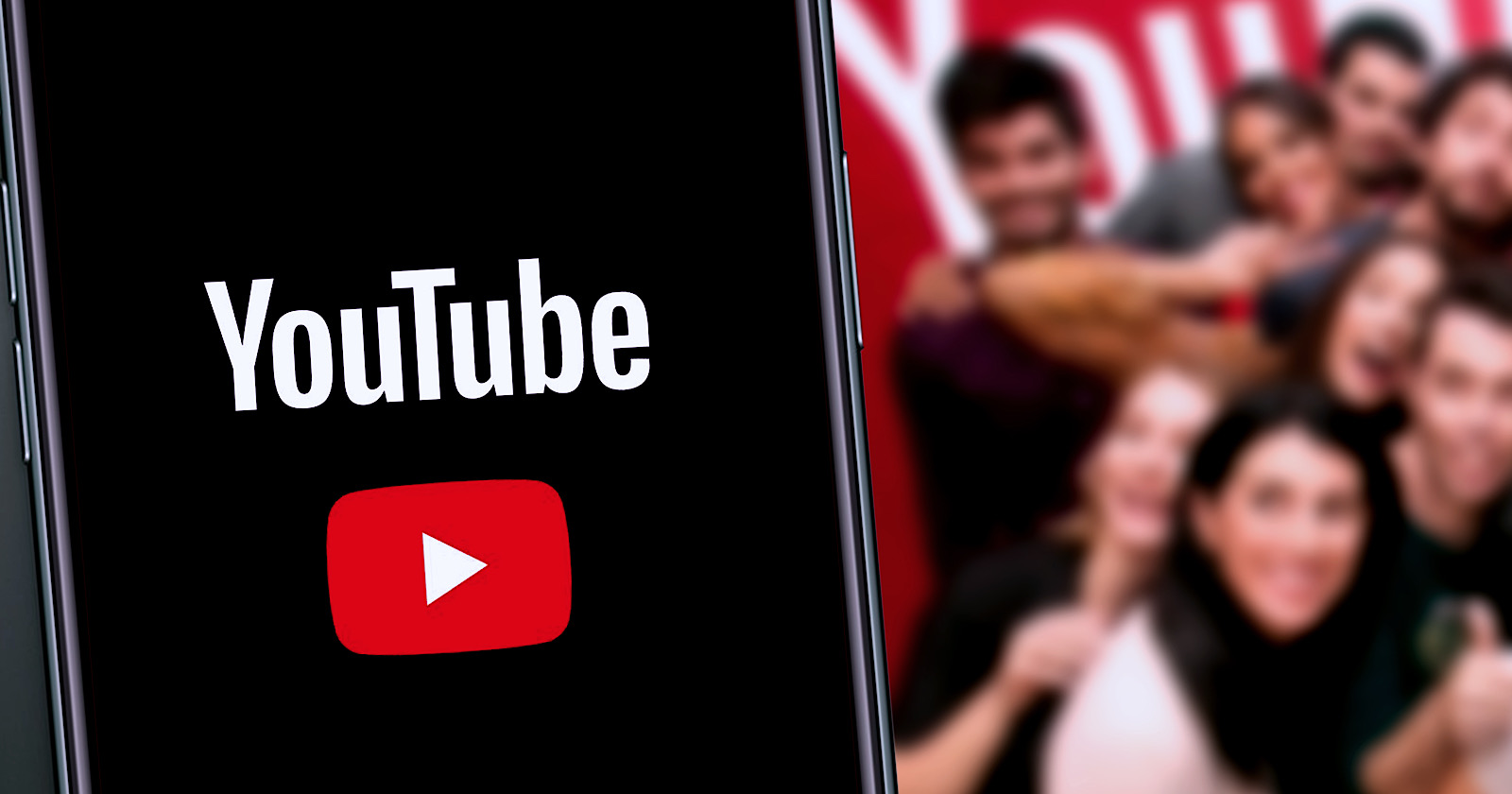Quest 3 hands-on confirms Meta’s building a ‘far thinner and lighter’ headset
The Quest 3 will improve on the Quest 2 (pictured above) in many important ways. | Photo by Owen Grove / The VergeA hands-on look at the Meta Quest 3 reveals a massive set of improvements to the Meta...
/cdn.vox-cdn.com/uploads/chorus_asset/file/24157082/quest2upclose.jpg)
A hands-on look at the Meta Quest 3 reveals a massive set of improvements to the Meta mixed reality headset, as detailed in Mark Gurman’s Power On newsletter for Bloomberg this morning. Gurman says the Quest 3, now codenamed Eureka, is “far lighter and thinner” than the original Quest 2, which bodes well for its comfort during extended usage.
A lot of the features he mentioned are similar to what we expect to learn about the Apple “Reality Pro” VR / AR headset soon, including fancy hand-tracking and pass-through video. But some rumors say the rumored Apple headset could cost as much as $3,000. Gurman said Meta also hasn’t settled on the Quest 3’s price yet, but that it could be costlier than the $400 Quest 2, which “may stick around at a lower price.” It will still remain far cheaper than the disappointing Quest Pro that launched last fall at $1,499.99 before getting a price cut in March to $999.99.
In February, Meta VR exec Mark Rabkin told employees the Quest 3 would be more expensive than its predecessor and that “We have to prove to people that all this power, all these new features are worth it.” He said Meta had sold 20 million Quest headsets so far.
He also previewed the lighter design, explaining that “The main north star for the team was from the moment you put on this headset, the mixed reality has to make it feel better, easier, more natural... You can walk effortlessly through your house knowing you can see perfectly well. You can put anchors and things on your desktop. You can take your coffee. You can stay in there much longer.”
The report confirms some of the other big improvements we’ve been expecting, like a second-generation Qualcomm Snapdragon XR2 chip, with much better performance overall as a result.
The report also talked about what the Quest 3 won’t have, namely, eye-tracking. That means games can’t use foveated rendering, a feature present in Sony’s PSVR 2 that adjusts based on where a player is looking and allows the system to concentrate processing power on the graphics in those places and pull back elsewhere.
Design upgrades from the Quest 2 include more sensors inside three pill-shaped areas that contain four cameras, two of which are color cameras for passthrough video. It also features an improved system for adjusting the lenses’ inter-pupillary distance — the distance between your eyes — with a wheel you can turn while wearing it instead of taking the headset off and moving the display manually.
A depth sensor in the middle of the device could improve AR performance compared to the Quest Pro’s camera-only approach. Redesigned controllers ditch the Quest 2’s rings, but the depth sensor may help to keep costs down by tracking the controller's position without requiring cameras like the Quest Pro’s controllers. Meta CEO Mark Zuckerberg actually said the Quest Pro would get a depth sensor in a Protocol interview, but the feature didn’t make it to the final version.
Gurman called the pass-through video “almost lifelike,” a good sign after my colleague Adi Robertson called AR mode “murky in low light, washed-out or flickery in bright light, and sometimes luridly saturated in between” in her review of the Quest Pro.
It sounds like improvements there come mainly down to how the headset’s cameras handle light and color, as Gurman didn’t think it looked noticeably sharper, despite rumors of a higher-resolution display.

 JimMin
JimMin 
































